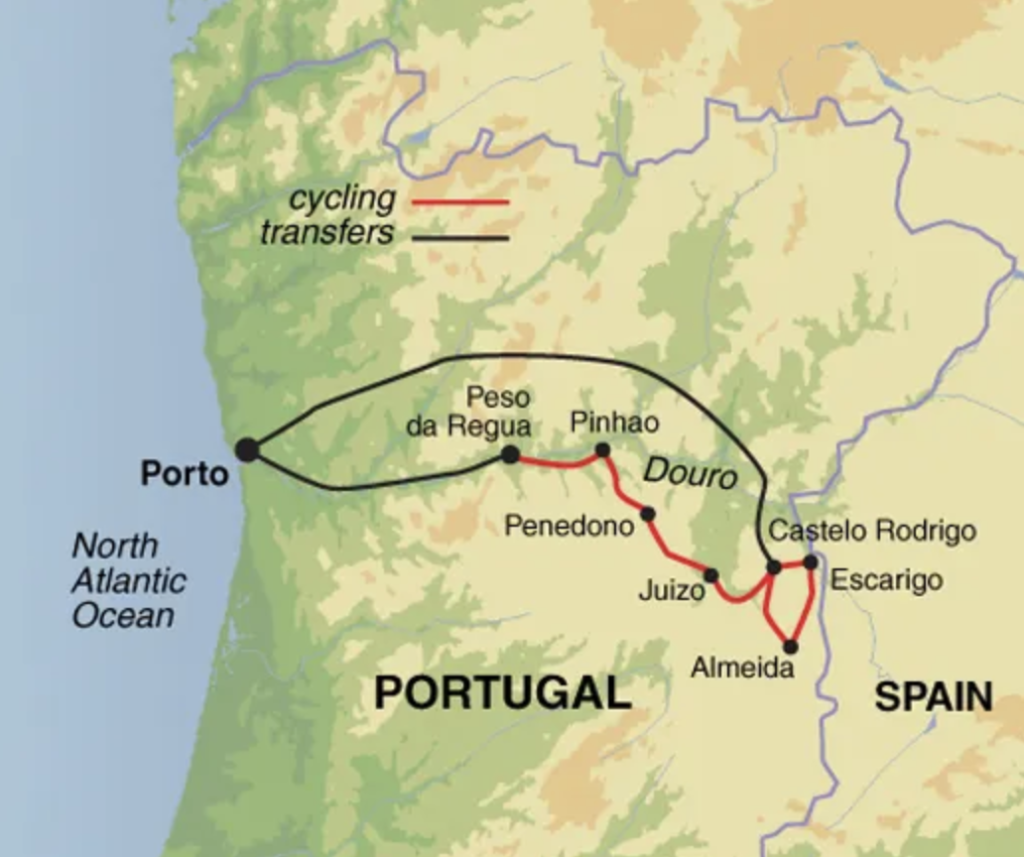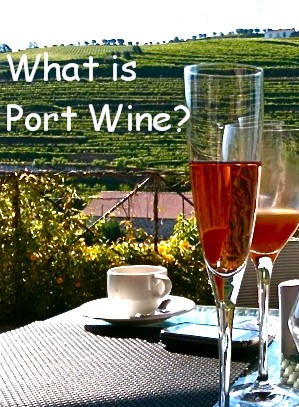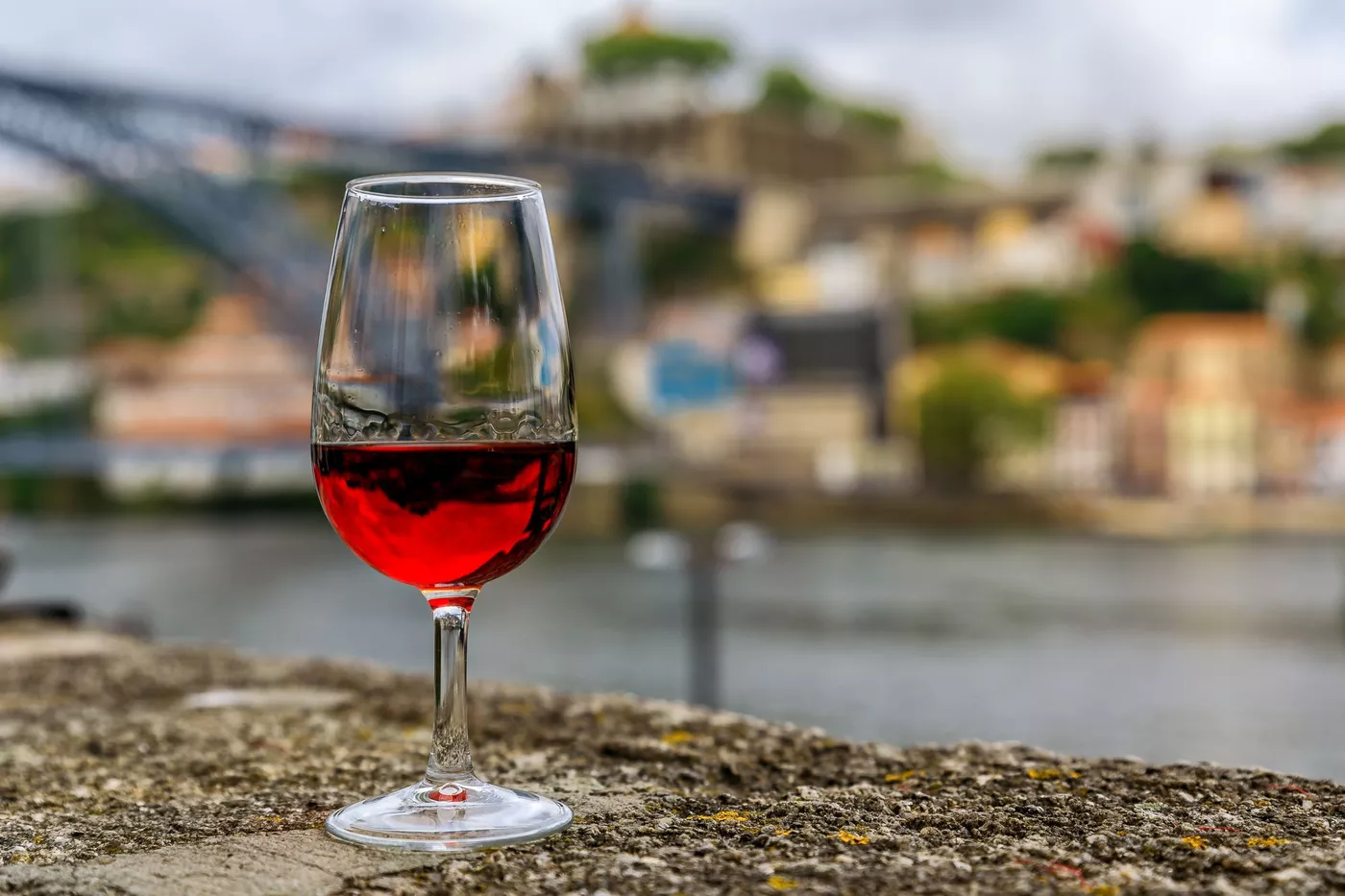Wine production in Portugal, particularly in the Douro Valley, has a long history, predating the Romans. The great geographer of ancient Greece, Strabo, indicated that inhabitants of the north west of the Iberian Peninsula were already drinking wine two thousand years ago.
In 1386 England and Portugal signed the Treaty of Windsor. The treaty built bonds between the nation that weren’t there before. And it gave each other the right to reside and trade in one another’s territory.

In the late 17th century, British merchants began fortifying Douro wines with brandy to preserve them during the long sea voyage, inadvertently creating what we know as Port and imparting a unique flavor profile. The name “Port” comes from the city of Porto, the main port where the wine was shipped
Port Wine is Protected Like Champagne and Polkagris
While anyone can go through the steps and make port wine, only Port Wine made in the Duoro Valley can be called Port Wine. The name is protected by the European Union Protected Designation of Origins, just like Champagne in France and Polkagris in Sweden.
What Grapes are Used to Make Port Wine?
Port wine is made primarily from a blend of Portuguese indigenous grapes, with Touriga Nacional, Touriga Franca, Tinta Roriz (Tempranillo), Tinta Barroca, and Tinta Cão being the most commonly used. While there are over 80 authorized varieties, these five are the most widely used and highly regarded. White ports are made with grapes like Gouveio, Malvasia Fina, Rabigato, and Viosinho.
Touriga Nacional: Considered the most noble and desirable grape, adding blueberry and vanilla notes to the blend.
Touriga Franca has a relatively high resveratrol content compared to other common grape varieties used in winemaking. The higher levels of resveratrol are attributed to the grape’s small, thick-skinned berries, which are ideal for producing concentrated wines. It contributes raspberry and cinnamon flavors.
Tinta Roriz (Tempranillo) is widely cultivated in Portugal and Spain; resveratrol levels are influenced by environmental stressors. Adds bright berry notes and is known for its sensitivity to soil and climate.
Tinta Barroca is often blended in Port wines; specific resveratrol data is limited, but levels are comparable to other red varieties.Provides a light spice and plum taste, ripening early and rich in sugar.
Tinta Cão is known for its deep color and bright fruit character, often used in blends. Known for its contribution to the longevity of Port wines; resveratrol content is presumed similar to other red grapes.
A Little Bit Deeper Research
There is so much to learn in the world of resveratrol, antioxidants, superfoods and wine. This is the place to start, no matter what, if you indeed are looking to maximize your health and live longer.
 |
Health Benefits of Port Wine Port Wine is made two different ways. One way truly enhances the health benefits of port wine, the other diminishes the value considerably. |
 |
What is Port Wine? So to answer what is port wine, it is a wine made in the Duoro region of Portugal that has brandy added to it, which stops the fermentation. |
